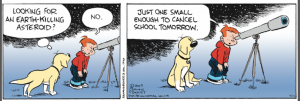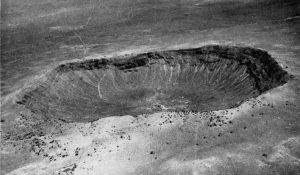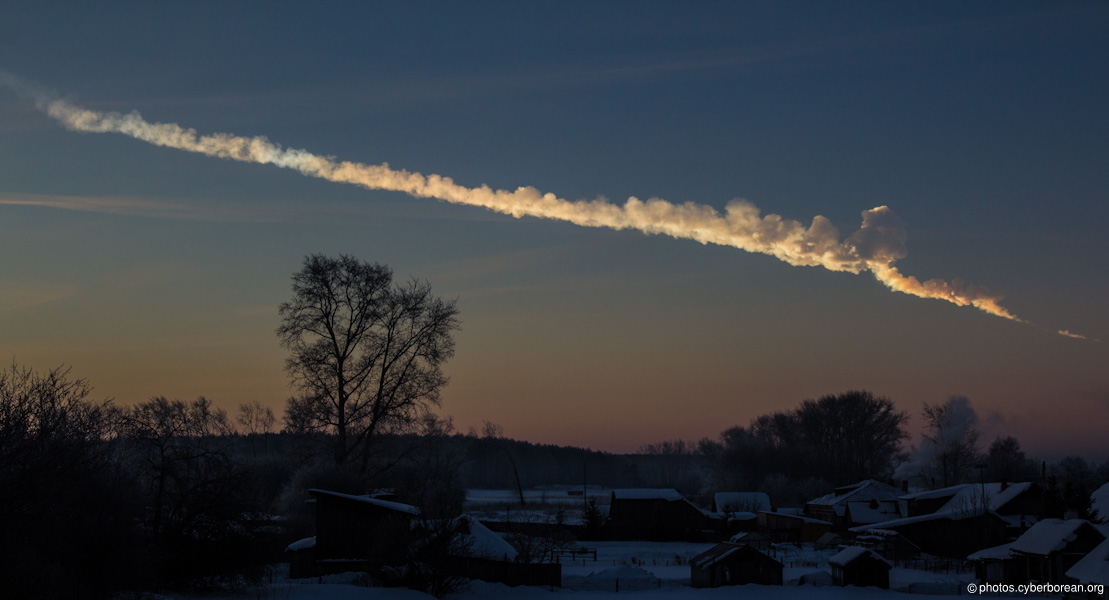Crash! Boom! Bang!
A long time ago, Earth was the only planet we could study and our theories to explain phenomena as we experienced them on Earth were limited. As we began exploring other planets in our solar system, we discovered both similar and dissimilar characteristics existing on those planets. Our theories about cloud formation, landforms, etc. had to be broadened, giving birth to a new field of science-comparative planetology.
Scientists discovered that meteoroids caused these phenomena. Why do meteoroids enter Earth’s atmosphere? Why do they create huge impact craters?
“Why?” is the question scientists strive to answer. At the College of Science’s January Public Science Lecture, assistant professor Dr Csaba Palotai talked about asteroids and comets that hit the Earth.
 How and why do these asteroids and comets hit our planet? A slight perturbation in its orbit can nudge an asteroid out and cause it to it to take a completely different trajectory. Sometimes, this trajectory intersects with the orbit of some other planet and we have an asteroid impact. Comet dust causes meteor showers, tiny asteroids cause meteors, but what would a huge rock do? Depends on the size of the rock!
How and why do these asteroids and comets hit our planet? A slight perturbation in its orbit can nudge an asteroid out and cause it to it to take a completely different trajectory. Sometimes, this trajectory intersects with the orbit of some other planet and we have an asteroid impact. Comet dust causes meteor showers, tiny asteroids cause meteors, but what would a huge rock do? Depends on the size of the rock!
Meteoroids smaller than 1 m burn in the atmosphere, causing no harm to the surface. Meteoroids larger than 100 m are not retarded by the atmosphere and create craters on Earth; they can cause quite a lot of damage. The huge difference in the size of the craters by almost similar sized impactors is that the mass and kinetic energy of the object varies with the third power of the diameter of the impactor. Meteor Crater, or Barringer Crater, in Arizona, was created by an iron meteorite about 50 m in diameter nearly 50,000 years ago; the diameter of the crater is 1.2 km.

The impact site of the Tunguska explosion covered 830 million square miles, which is bigger than Washington D.C.. It also destroyed 80 million trees. The impactor, about 20-30 m in size, exploded in mid-air to cause the largest impact on Earth in recorded history. The Chixulub crater, in the Yucatan Peninsula, was formed by an impactor about 10 km in diameter roughly 66 million years ago. One of the theories for the extinction of dinosaurs is this impact as it coincides with the Cretaceous-Paleocene extinction.
The first observed collision of an asteroid with a planet was in July 1994 when comet Shoemaker-Levy 9 hit Jupiter. The tidal forces of Jupiter broke the comet apart and the fragments hit Jupiter. The impact took place at the edge of the disk of Jupiter so that the plume was clearly visible to scientists on Earth. A little further to the far side, and we would not have seen it; a little closer, and we would be looking at it head on, unable to observe the plume.
Most of our questions are yet to be completely answered. There is ongoing research, and with scientific and technological advancement, we can discover more and more asteroids and comets, trace their orbits and determine if they might be “Earth crossers” and to better understand their terrestrial impact hazards and possible mitigation techniques.





